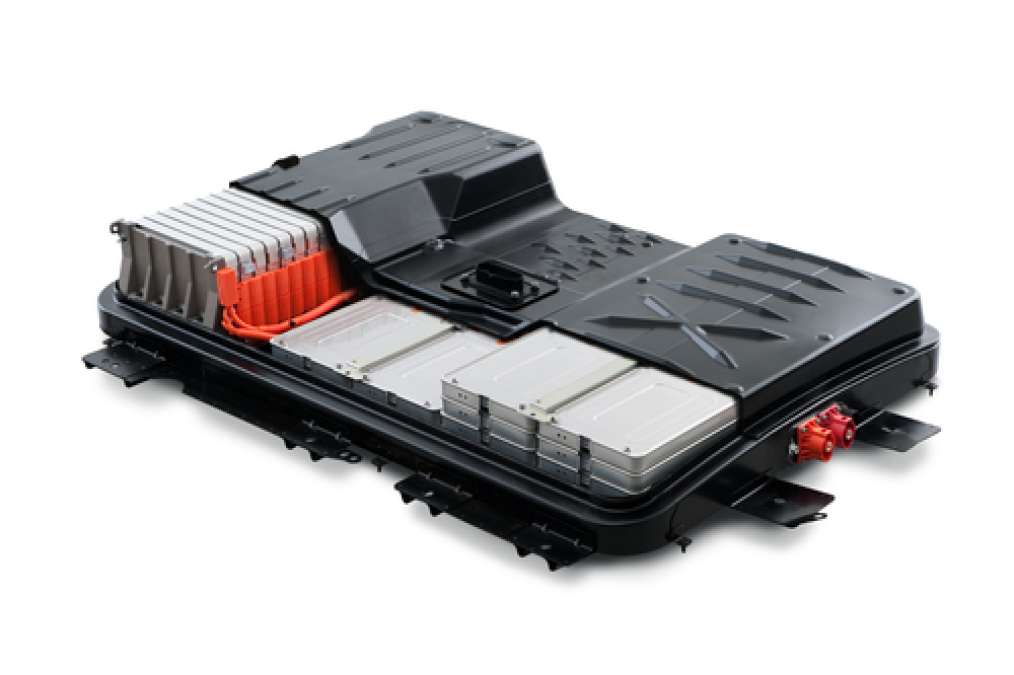The Fukushima tsunami that proved deadly last Spring to TEPCO's nuclear power plants, was no problem at all for the Nissan Leafs accidentally caught up in the maelstrom. Two dozen Leafs were destroyed in the flooding, but with no adverse anything from the battery pack. This would be an unremarkable footnote if we weren't in the context of the hyped-up concern about the Chevy Volt battery packs, and instead this gives us reason to ponder the art of constructing safe battery packs for electric cars.
Two dozen Nissan Leaf electric cars were caught up in the tsunami flooding that ravaged Japans coast-line. The cars were heavily damaged, but none of their battery packs caught fire. Bob Yakushi, the director of product safety for Nissan North America is quoted in an NY Times report saying “Considering how they were tossed around and crushed, we think that is a very good indication of the safety performance of that vehicle.”
Nissan would have us believe this is due to how well protected is the Leaf battery pack:-
- The pack is located beneath the passenger cabin
- The pack is encased in an airtight steel "exoskeleton"
- The pack is surrounded by two other layers of protection
The goal of any automotive engineer is constructing the car so that even in traumatic collisions the people inside survive reasonably well. In this case it means protecting sensitive components well enough so they don't cause further post-collision risk. Automotive engineers have faced similar considerations for decades, and have developed engineering practices that let us drive around with tanks full of explosive liquid and have "only" 250,000 gasoline car fires per year.
Nissan's engineers clearly felt there was a need to encase their battery pack in a steel box and the other layers of protection, else they wouldn't have designed the Leaf this way.
So, too, did Fords engineers. The Ford Focus Electric battery pack is also enclosed in a steel case. This decision to encase the Focus Electric battery pack in steel was made long before this problem with the Chevy Volt battery pack surfaced.
The Chevy Volt battery pack is built on a steel tray, with a plastic cover. Looking closely at pictures published by GM's Media team, the plastic cover is not the flimsy sort of plastic like what's used in food containers we'd use to hold left-overs, but instead is some kind of high impact high strength industrial grade plastic.
GM has said they believe the issue has to do with liquid coolant that spilled after the NHTSA flipped the crashed Volt over (to simulate a rollover accident), and that three weeks after testing the coolant had crystalized enough to create a short circuit leading to the fire. Following this line of reasoning it appears GM would have us believe that encasing the battery in a steel case, or not, was not the culprit in this fire issue. And they might even point out that steel is conductive, which might prove to be a risk in a collision.
It's too early to draw many conclusions because the NHTSA inquiry into the Chevy Volt battery pack is not yet concluded. Nissan's report of crushed Leafs not catching fire is nice and comforting to hear, but is little more than an anecdote. Building safe battery packs is an engineering challenge, just as it's an engineering challenge to build safe gasoline tanks.





